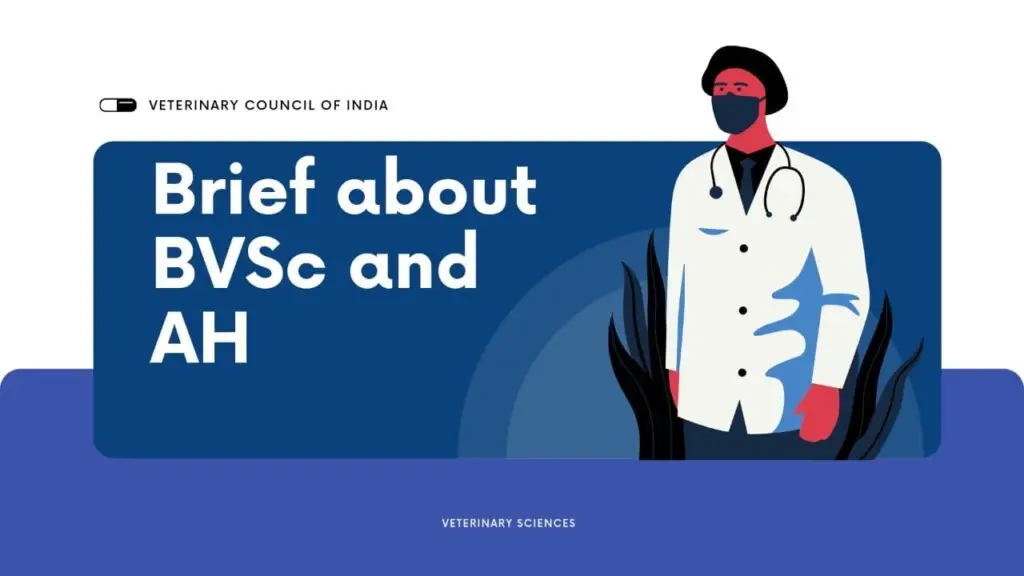Challenges and Solutions in Technology Transfer

Technology transfer (TT) is a critical process that involves the sharing of knowledge, skills, and technologies among various organizations, including universities, research institutions, and businesses. While it has the potential to drive innovation and economic growth, several problems and constraints can hinder its effectiveness. In this article, we will explore these challenges in detail, offering insights into how they can be addressed.
Understanding Technology Transfer
Before delving into the problems and constraints, it’s essential to understand what technology transfer entails. Technology transfer can occur in various forms, including:
- Licensing Agreements: Allowing one party to use another’s technology under specified conditions.
- Joint Ventures: Collaborating on new projects that leverage shared technologies.
- Research Collaborations: Partnering on research initiatives to develop new technologies.
- Spin-offs and Startups: Creating new companies based on innovative technologies developed in research institutions.
Each of these methods has its own set of challenges, which we will discuss below.
Key Problems in Technology Transfer
1. Complexity of the Process
Multiple Stakeholders
Technology transfer involves various stakeholders, including researchers, industry representatives, policymakers, and investors. Each party may have different goals, timelines, and expectations, leading to potential conflicts and misunderstandings.
Stages of Transfer
The technology transfer process typically includes several stages: research and development, commercialization, and market entry. Each stage has its own challenges, making the overall process complex and often cumbersome.
2. Cultural and Communication Barriers
Differences in Organizational Culture
Organizations often have distinct cultures that can affect collaboration. For instance, academic institutions may prioritize research excellence, while businesses may focus on profitability. These differing priorities can create friction during the technology transfer process.
Language and Terminology
Technical jargon can also impede communication between stakeholders. Misunderstandings due to language barriers or the use of specialized terminology can lead to inefficiencies and errors in the transfer process.
3. Financial Constraints
High Costs of Development
The financial burden of developing and transferring technology can be significant. Smaller companies, especially in developing regions, may lack the necessary funding to invest in research and development or to acquire new technologies.
Return on Investment (ROI)
Investors may be hesitant to fund technology transfer initiatives due to uncertainties regarding ROI. The long timelines associated with technology development can deter potential investors.
4. Intellectual Property Issues
Navigating IP Rights
Intellectual property (IP) rights are crucial in technology transfer, as they protect the interests of the technology owner. However, navigating the complexities of IP laws can be daunting, especially when dealing with multiple jurisdictions.
Licensing Agreements
Negotiating licensing agreements can be challenging, as parties may have differing views on the value of the technology and the terms of use. Disputes over IP rights can stall the transfer process.
5. Technical and Operational Challenges
Mismatch of Technology and Market Needs
Sometimes, the technologies developed in research settings do not align with market needs. This mismatch can result in products that are not commercially viable, leading to wasted resources and efforts.
Implementation Difficulties
Even when a technology is successfully transferred, implementing it can present challenges. Organizations may lack the necessary infrastructure, skills, or knowledge to effectively adopt and utilize the new technology.
6. Lack of Supportive Infrastructure
Absence of Intermediaries
Technology transfer often requires intermediaries, such as technology transfer offices (TTOs) or innovation hubs, to facilitate collaboration. In many regions, these intermediaries are lacking, making it difficult for stakeholders to connect.
Insufficient Policy Framework
A supportive policy environment is essential for successful technology transfer. However, many countries lack clear policies or incentives that encourage collaboration between research institutions and industry.
7. Evaluation and Measurement Difficulties
Assessing Success
Measuring the success of technology transfer initiatives can be challenging. Traditional metrics, such as patents and royalties, may not fully capture the broader impact of technology transfer on innovation and economic development.
Continuous Improvement
Without effective evaluation mechanisms, it becomes difficult to learn from past experiences and improve future technology transfer efforts.
Strategies to Overcome Challenges
While the challenges of technology transfer can be daunting, several strategies can help mitigate these issues and enhance the effectiveness of the process.
1. Foster Collaboration and Communication
Building Trust
Establishing trust among stakeholders is crucial for successful collaboration. Regular communication and transparency can help build strong relationships and facilitate smoother technology transfer.
Cross-Disciplinary Teams
Creating cross-disciplinary teams that include members from academia, industry, and government can foster innovation and ensure that diverse perspectives are considered during the transfer process.
2. Enhance Financial Support
Funding Opportunities
Governments and organizations should provide funding opportunities specifically aimed at supporting technology transfer initiatives. Grants, subsidies, and tax incentives can encourage investment in R&D and technology adoption.
Public-Private Partnerships
Encouraging public-private partnerships can help pool resources and expertise, making it easier to navigate the financial challenges associated with technology transfer.
3. Strengthen Intellectual Property Frameworks
Simplifying IP Processes
Streamlining the processes for obtaining and managing IP rights can reduce barriers to technology transfer. Clear guidelines and support systems can help stakeholders navigate the complexities of IP.
Education and Training
Providing education and training on IP management can empower stakeholders to make informed decisions regarding technology transfer and licensing agreements.
4. Invest in Infrastructure
Establishing Technology Transfer Offices
Governments and institutions should invest in establishing technology transfer offices (TTOs) to facilitate collaboration between researchers and industry. TTOs can provide valuable resources and support throughout the transfer process.
Creating Innovation Hubs
Innovation hubs can serve as collaborative spaces where researchers and businesses can connect, share ideas, and work on technology transfer initiatives together.
5. Implement Robust Evaluation Mechanisms
Developing Metrics
Creating comprehensive metrics to evaluate the success of technology transfer initiatives can help stakeholders assess their impact and identify areas for improvement.
Continuous Feedback Loops
Establishing continuous feedback loops can facilitate learning and adaptation, allowing organizations to refine their technology transfer strategies over time.
Conclusion
Technology transfer is a vital process that can drive innovation and economic growth. However, various problems and constraints can hinder its effectiveness. By understanding these challenges and implementing strategies to address them, stakeholders can enhance the technology transfer process, ultimately benefiting society as a whole.
For more pearls of Vets Wisdom:
https://wiseias.com/partitioning-of-food-energy-within-animals/






Responses